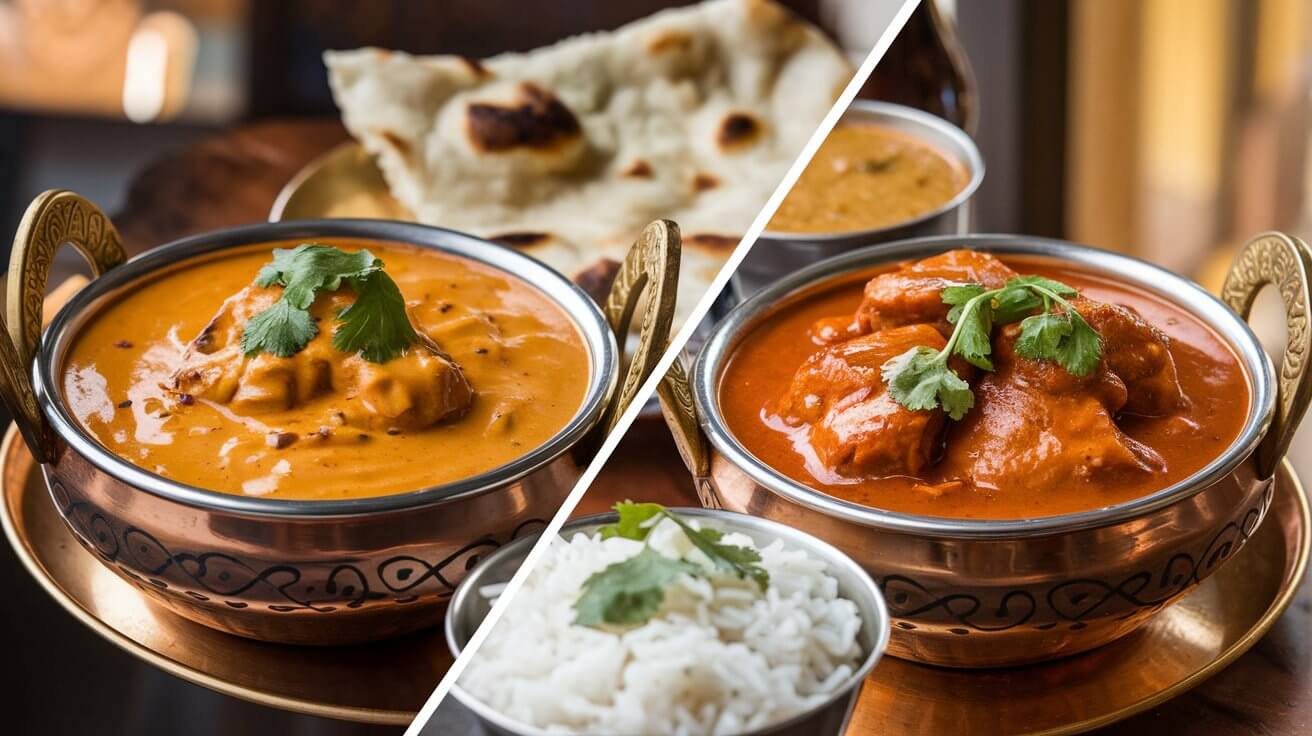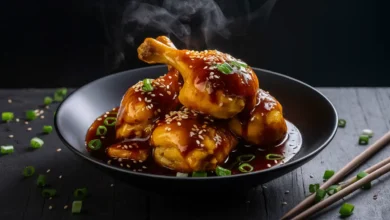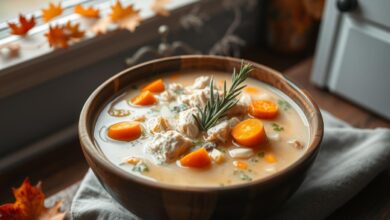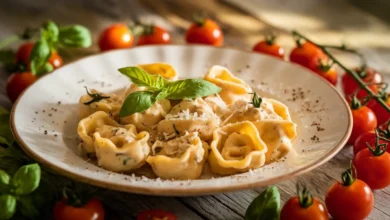Butter Chicken vs. Tikka Masala: Unraveling the Delicious Mystery of India’s Favorite Curries

Introduction: A Tale of Two Curries
When it comes to Indian cuisine, few dishes have captured global attention quite like Butter Chicken and Chicken Tikka Masala. These creamy, aromatic curries have become staples in Indian restaurants worldwide, often leaving diners wondering: what’s the difference between these two delectable dishes? In this comprehensive guide, we’ll dive deep into the world of Butter Chicken and Tikka Masala, exploring their origins, flavor profiles, ingredients, and cooking methods. Whether you’re a curry connoisseur or a curious foodie, this article will help you distinguish between these two iconic dishes and even master them in your own kitchen.
The Origins: A Culinary Journey Through Time
Butter Chicken: The Delhi Delight
Butter Chicken, known in Hindi as “Murgh Makhani,” has a fascinating origin story:
- Invented in: Delhi, India
- Year: 1950s
- Creator: Kundan Lal Gujral of Moti Mahal restaurant
- Interesting fact: Created as a way to use leftover tandoori chicken
The invention of Butter Chicken was a stroke of culinary genius, born out of necessity and creativity. Gujral, seeking to prevent the drying out of leftover tandoori chicken, created a rich, buttery tomato gravy that would keep the meat moist and flavorful.
Chicken Tikka Masala: The British-Indian Fusion
The origins of Chicken Tikka Masala are more contested:
- Possible birthplaces: Glasgow, Scotland, or London, England
- Time period: 1960s-1970s
- Popular origin story: Created by a Bangladeshi chef in Glasgow to please a customer who found the chicken tikka too dry
- Interesting fact: Often called “Britain’s true national dish”
While its exact origins are debated, Chicken Tikka Masala is widely regarded as a British adaptation of Indian cuisine, reflecting the cultural fusion that occurred as Indian flavors met British palates.
Flavor Profiles: A Symphony of Tastes
Butter Chicken: Mild, Creamy, and Slightly Sweet
- Base flavor: Tomato and butter
- Spice level: Mild to medium
- Dominant tastes: Creamy, slightly sweet, with a subtle tang
- Texture: Smooth and velvety
Butter Chicken is known for its rich, mellow flavor that’s accessible to a wide range of palates. The butter and cream create a luxurious mouthfeel, while the tomato base provides a gentle acidity that balances the richness.
Chicken Tikka Masala: Bolder, Spicier, and More Complex
- Base flavor: Tomato and spices
- Spice level: Medium to hot (can be adjusted)
- Dominant tastes: Smoky, tangy, with a more pronounced spice profile
- Texture: Slightly thicker, with a more prominent tomato presence
Chicken Tikka Masala tends to have a more robust flavor profile, with a greater emphasis on spices and a smokier taste due to the grilled chicken pieces.
Key Ingredients: The Building Blocks of Flavor
Butter Chicken Essentials:
- Tandoori chicken pieces
- Butter (makhan)
- Cream
- Tomato puree
- Cashew paste
- Kasoori methi (dried fenugreek leaves)
- Garam masala
- Honey or sugar (for sweetness)
Chicken Tikka Masala Must-Haves:
- Grilled chicken tikka pieces
- Tomato sauce or puree
- Cream (in smaller quantities than Butter Chicken)
- Onions
- Bell peppers (in some recipes)
- Garam masala
- Turmeric
- Cumin
- Coriander
Cooking Methods: From Kitchen to Table
Butter Chicken Technique:
- Prepare tandoori chicken (often leftover)
- Create a smooth tomato gravy
- Add butter and cream
- Simmer chicken in the sauce
- Finish with kasoori methi and garam masala
Chicken Tikka Masala Approach:
- Marinate and grill chicken pieces separately
- Prepare a spiced tomato-based sauce
- Combine grilled chicken with the sauce
- Simmer to meld flavors
- Finish with cream and cilantro
Nutritional Comparison: Indulgence vs. Slightly Lighter Option
While both dishes are rich and calorie-dense, there are some differences:
Butter Chicken:
- Higher in calories due to more butter and cream
- Richer in fat content
- Slightly lower in protein (if using less chicken)
Chicken Tikka Masala:
- Relatively lower in calories
- Less fat due to less cream and butter
- Higher in protein (typically more chicken used)
Note: Nutritional values can vary significantly based on specific recipes and portion sizes.
Easy Homemade Recipes: Bringing the Restaurant to Your Kitchen
Quick Butter Chicken Recipe
Ingredients:
- 500g boneless chicken, cut into cubes
- 1 cup plain yogurt
- 2 tbsp lemon juice
- 2 tsp garam masala
- 2 tsp paprika
- 2 tsp turmeric
- 4 tbsp butter
- 1 large onion, finely chopped
- 4 cloves garlic, minced
- 1 tbsp grated ginger
- 1 can (400g) tomato puree
- 1 cup heavy cream
- 1 tbsp kasoori methi
- Salt to taste
Instructions:
- Marinate chicken in yogurt, lemon juice, and half the spices for 2 hours.
- Grill or pan-fry the marinated chicken until cooked.
- In a large pan, melt butter and sauté onions, garlic, and ginger.
- Add remaining spices and tomato puree. Simmer for 10 minutes.
- Blend the sauce until smooth, then return to pan.
- Add cream, kasoori methi, and grilled chicken. Simmer for 10 minutes.
- Adjust seasoning and serve hot with naan or rice.
Simple Chicken Tikka Masala Recipe
Ingredients:
- 500g boneless chicken, cut into cubes
- 1 cup plain yogurt
- 2 tbsp lemon juice
- 2 tsp garam masala
- 1 tsp turmeric
- 1 tsp cumin
- 2 tbsp oil
- 1 large onion, finely chopped
- 3 cloves garlic, minced
- 1 tbsp grated ginger
- 1 can (400g) diced tomatoes
- 1/2 cup heavy cream
- Fresh cilantro for garnish
- Salt to taste
Instructions:
- Marinate chicken in yogurt, lemon juice, and half the spices for 2 hours.
- Grill or broil the marinated chicken until charred and cooked.
- In a large pan, heat oil and sauté onions, garlic, and ginger.
- Add remaining spices and diced tomatoes. Simmer for 15 minutes.
- Blend the sauce if desired, then return to pan.
- Add cream and grilled chicken. Simmer for 10 minutes.
- Garnish with cilantro and serve with naan or rice.
Pairing Suggestions: Completing the Meal
Butter Chicken Pairings:
- Naan bread or butter naan
- Jeera (cumin) rice
- Dal makhani
- Cucumber raita
Chicken Tikka Masala Pairings:
- Garlic naan
- Basmati rice
- Chana masala
- Kachumber salad
Cultural Impact: More Than Just Food
Both Butter Chicken and Chicken Tikka Masala have had significant cultural impacts:
- Butter Chicken: Represents the innovation of post-partition Indian cuisine and the adaptability of traditional recipes.
- Chicken Tikka Masala: Symbolizes the fusion of cultures and the evolution of Indian cuisine in a global context.
These dishes have not only become beloved menu items but have also sparked conversations about culinary authenticity, cultural exchange, and the globalization of cuisine.
Conclusion: Celebrating Culinary Diversity
While Butter Chicken and Chicken Tikka Masala share some similarities, they each offer a unique culinary experience. Butter Chicken, with its rich, creamy sauce and subtle flavors, provides a comforting, indulgent meal. Chicken Tikka Masala, on the other hand, offers a bolder, spicier profile that showcases the dynamic nature of Indian-inspired cuisine.
Whether you prefer the smooth, buttery goodness of Butter Chicken or the spicy kick of Chicken Tikka Masala, both dishes represent the incredible diversity and adaptability of Indian cuisine. By understanding their differences and mastering their preparation, you can bring the flavors of India (and Britain) to your own kitchen, impressing family and friends with your culinary prowess.
So the next time you’re faced with the delicious dilemma of choosing between Butter Chicken and Chicken Tikka Masala, remember that each dish offers its own unique journey of flavors. Why not try both and decide for yourself which reigns supreme in your culinary kingdom?




